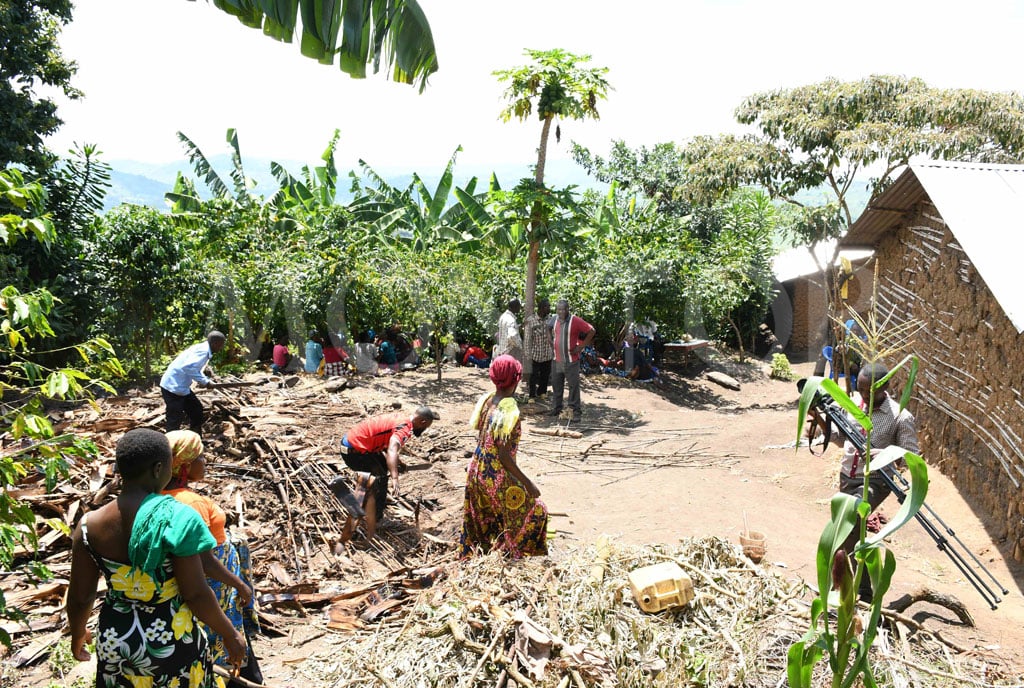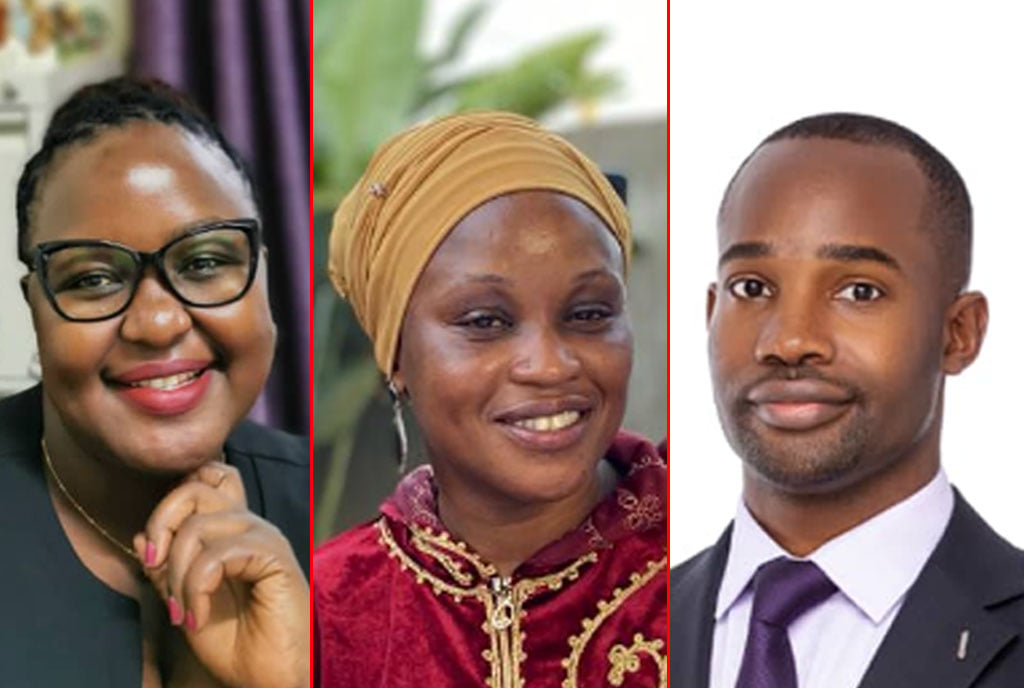Budget: Kasaija announces more Shs1.059 trillion for PDM

Finance minister Matia Kasaija reads the National Budget for the Financial Year 2024/2025 at Kololo Independence Grounds on June 13, 2024. Photo/David Lubowa
What you need to know:
- Mr Kasaija also announced that in the next Financial Year 2024/25, the government has provided an additional Shs100 billion under Emyooga to support more Ugandans to create wealth and boost their incomes.
Government on June 13 announced that Shs1.059 trillion shall be provided for in the 2024/2025 budget for the Parish Development Model with the aim of increasing household incomes. That means each parish shall get an additional Shs100 million to benefit more households.
While presenting the National Budget for the Financial Year 2024/2025 at Kololo Independence Grounds, the Minister of Finance, Planning and Economic Development, Mr Matia Kasaija said PDM has been fully rolled out.
“This budget is greatly for Ugandans still stuck in the subsistence economy. Country men and women under this category, take full advantage of the PDM and other wealth creation funds as well as other support services to join the money economy in any of the four sectors - commercial agriculture, industry, services, or ICT,” he said.
Mr Kasaija said the government will also ensure effective implementation of Pillar One which includes input certification, provision of extension services, storage, value addition, and market linkages.
“A total of Shs2.4 trillion has so far been provided. The money is being transferred directly to the beneficiaries in 10,585 parishes across the country. The introduction of the WENDI Application, by the Government-owned Post Bank and its partners, has saved beneficiaries the inconvenience of travelling long distances to open up bank accounts or withdraw their money,” he said.
Mr Kasaija said it has also enhanced transparency by providing full visibility and traceability for all the funds up to last-mile beneficiary adding that the extensive mobile telephone coverage (both smartphones and ‘Kabiriti’) has helped to lower transaction costs for the PDM beneficiaries.
“Going forward, the government will deepen the use of WENDI and other digital technologies and innovations to enhance financial inclusion and drive efficiency, accessibility, and effectiveness of the programme. These technologies will gradually be extended to other wealth creation initiatives,” he said.
Mr Kasaija added: “The total of 1.165 million households that have so far received PDM funds have invested in intensive agriculture projects that include poultry, dairy, coffee, piggery, fish, fruits and food crops. In the next few days, I will release the remaining Shs 529 billion for this financial year directly into the accounts of the PDM SACCOs. Each PDM SACCO will continue to receive Shs100 million.”
Mr Kasaija also announced that in the next Financial Year 2024/25, the government has provided an additional Shs100 billion under Emyooga to support more Ugandans to create wealth and boost their incomes.
In order to consolidate the gains so far achieved, the theme for the coming financial year has been maintained as: “Full Monetisation of the Uganda’s Economy through Commercial Agriculture, Industrialisation, Expanding and Broadening Services, Digital Transformation and Market Access”.
Speaking about the general economy, Mr Kasaija said: “I am pleased to report that Uganda’s economy has fully recovered from various internal and external shocks that impacted performance in the past four years. GDP is projected to grow by 6 percent this financial year 2023/24 compared to 5.3 percent in FY2022/23. This year’s growth of 6 percent is even more impressive when compared to Sub-Saharan Africa’s average of 3.8 percent, and the global average of 2.9 percent projected for the year 2024.”
Mr Kasaija said as a result of this robust growth, the size of the economy is now estimated at Shs 202 trillion ($53.3 billion) up from Shs 184.3 trillion (USD 48.8 billion) in nominal terms. If Ugandans agreed to share this GDP equally, each citizen would enjoy a GDP per capita of $1,146 compared to $1,081 registered last Financial Year 2022/23.
Why Uganda's economy is improving Mr Kasaija explained that the improved performance of the economy is on account of higher growth in all sectors. Services, agriculture, and industry, are estimated to grow at 6.6 percent, 5.1 percent, and 5.8 percent, respectively, in FY2023/24.
Mr Kasasija said in particular, growth in the services sector has been impressive, mainly driven by strong recovery in retail and wholesale trade, tourism as well as communication and real estate activities.
Growth in industry was mainly driven by manufacturing, construction and mining, while increased production of food and cash crops, as well as livestock supported growth in the agriculture sector. Agriculture’s performance, estimated to have expanded at 5.1 percent this year compared to 4.5 percent registered in FY2022/23, is attributed to streamlined implementation of the Parish Development Model (PDM); and fairly good weather conditions.
Growth strategy for FY 2024/2025 and the medium term, Mr Kasaija said in line with the President’s guidance, the Ministry of Finance Planning and Economic Development in collaboration with the National Planning Authority has developed a strategy for growing Uganda’s economy tenfold and the the target is to expand the size of the economy from about $50 billion last year to $500 billion by 2040.
Mr Kasaija said the Government has identified four anchor sectors to drive this growth. These are: Agro-Industrialisation, Tourism Development, Mineral Development, including oil & gas, and Science Technology and Innovation (STI), including ICT.




